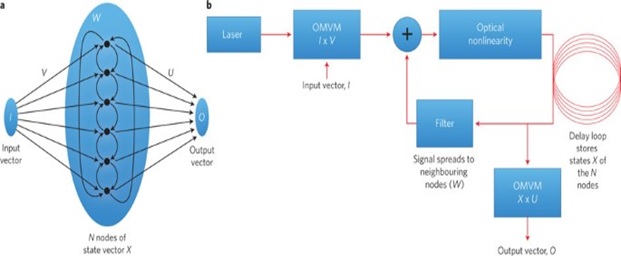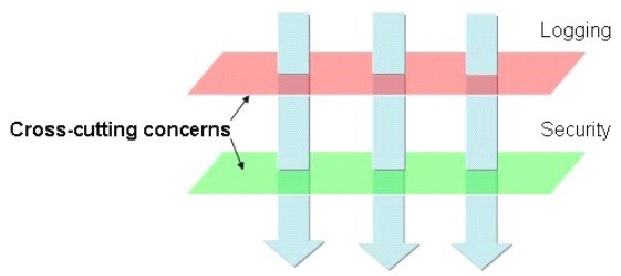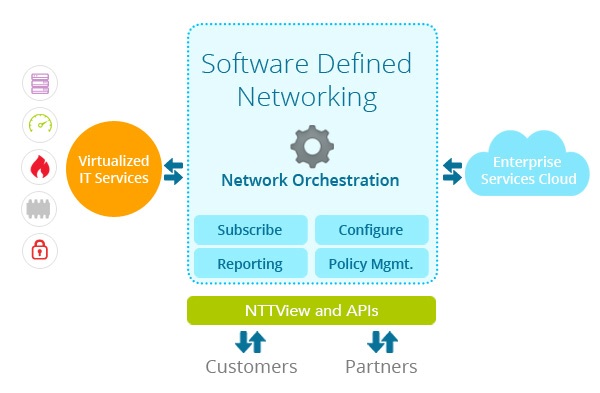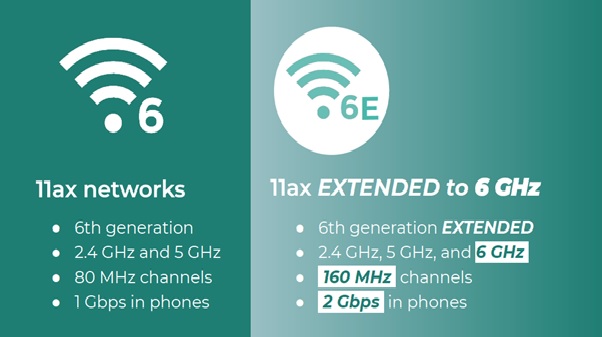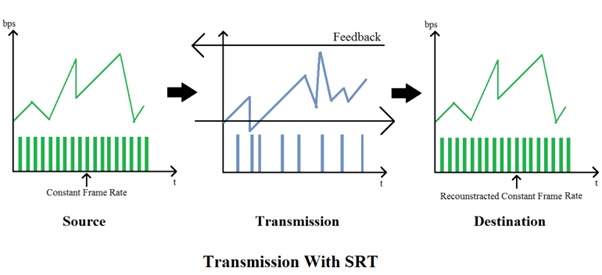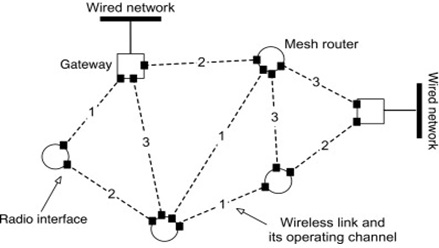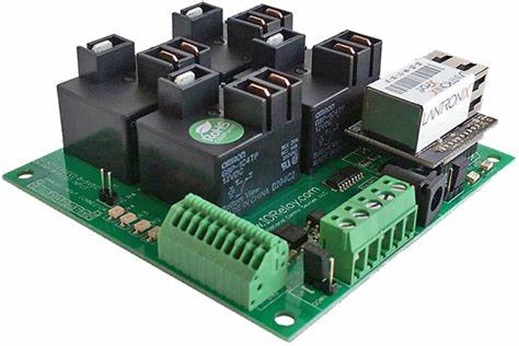The Future of Drone Networking
Drone networking connected to the low altitude mobile communication network can realize the supervision of equipment, the standardization of flight routes and the improvement of efficiency, and promote the rational utilization of airspace, thereby greatly extending the application field of drones and generating great economic value. It is predicted that the number of consumer-grade drones will reach 16 million in 2020. Based on the new generation of cellular mobile communication networks, drone networking will be endowed with important capabilities of real-time ultra-high-definition image transmission, remote low-latency control and permanent online, and there will be an intelligent network of tens of millions of drones around the world, providing a variety of personal and industry services such as aerial photography, delivery and exploration 24 hours a day without interruption.

Figure 1. The drone networking in developing world
Figure 1 shows drone networks are highly scalable and clusters of DroNets can be deployed across an island or city to form a “Drone City”.
DroNet also revolutionises delivery of parcels and packages. Delivery drones are getting increasingly commonplace in the U.S. Major companies such as Amazon, Google, UPS, and DHL have explored ways to use drones to deliver packages to destinations within suitable ranges. This is since drone package delivery – particularly for light packages to less travelled remote locations, have been found to be more environmentally sustainable than via truck delivery which would result in heavy carbon emissions. DroNet, with its scalability to form Drone Cities and also its DroPorts that enable automatic battery swapping, also means that delivery drones can deliver further and potentially support higher payloads (heavier packages).
The potential of DroNet is limitless. DroNet has features which include detection and avoidance of obstacles, flying beyond visual line-of-sight (BVLOS), GPS-less navigation, precision landing, and real-time data analytics.
DroNet is also fully autonomous, and can be made compatible with any drone of choice (drone-agnostic). It is compliant with CAAS safety and regulatory requirements.[2]
The Future of Drones:
Start a game-changing career working with dynamic drone technology. From a military innovation, to an exciting hobby, to a technology that’s transforming commercial industries, the use of drones has rapidly changed over the past years — and future opportunities in the field are limitless.
Also known as unmanned aircrafts, drones are already breaking barriers in the way companies do business. Huge corporations like Amazon and Google are testing ways to deliver packages with drones. Facebook is using drones to provide Internet connections in remote locations. And there’s even a start-up that’s using unmanned aircraft to deliver tacos to your door.
In short, the drone industry is booming. You can take part in this dynamic growth by earning a drone technology degree from California University of Pennsylvania.
One of the first drone degree programs in the United States since the FAA release of Part 107, Cal U’s associate of science degree in unmanned aircraft systems/drone technology will give you comprehensive training in aviation principles and drone avionics. It will also prepare you for Unmanned Aircraft Systems (UAS) Certification —an essential credential if you want a competitive career edge. [3]
References:
- https://www.comsoc.org/publications/magazines/ieee-communications-standards-magazine/cfp/drone-networking
- https://www.stengg.com/en/innovation/dronet-drone-network-systems/
- https://www.calu.edu/academics/undergraduate/associate/drone-technology/future-drone-technology-and-uses.aspx
Cite this article:
Thanusri swetha J (2021), The Future of Drone Networking, AnaTechMaz, pp. 23



